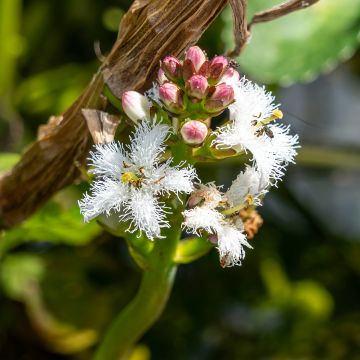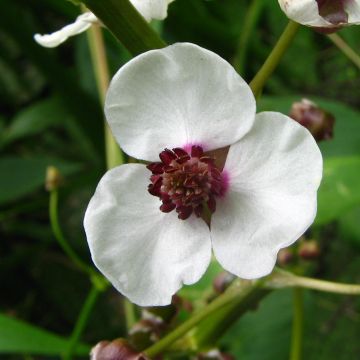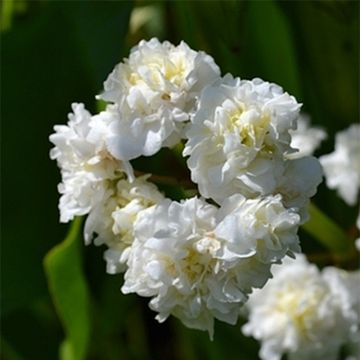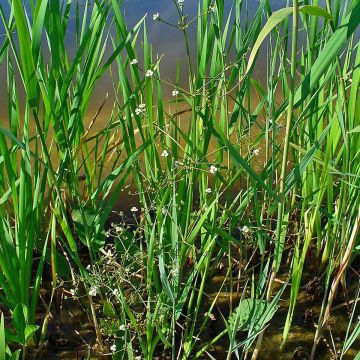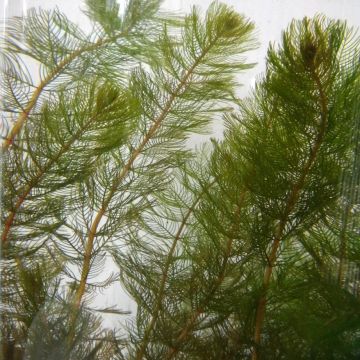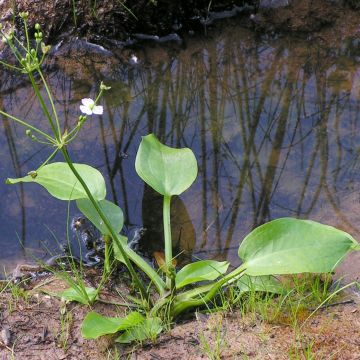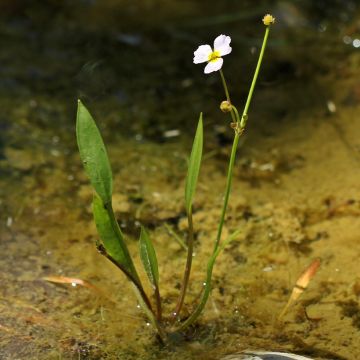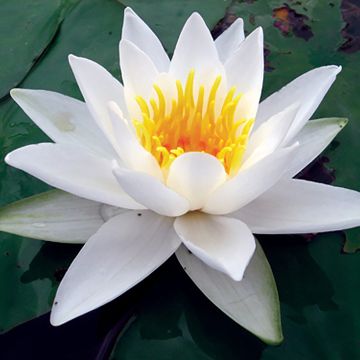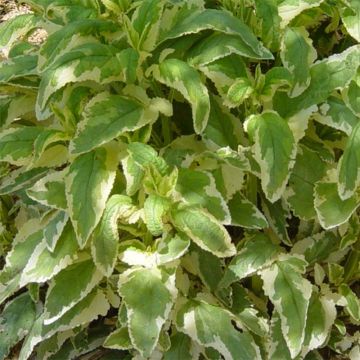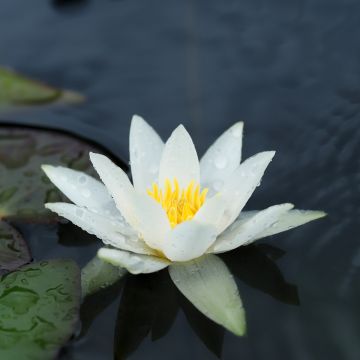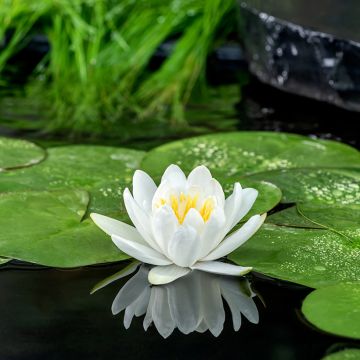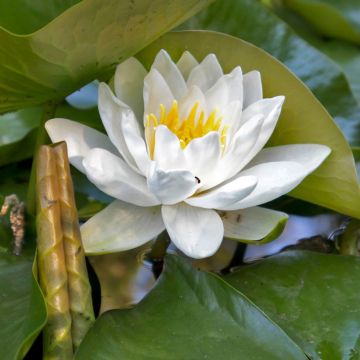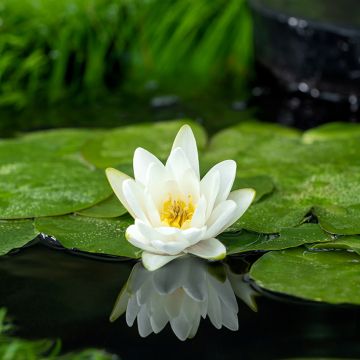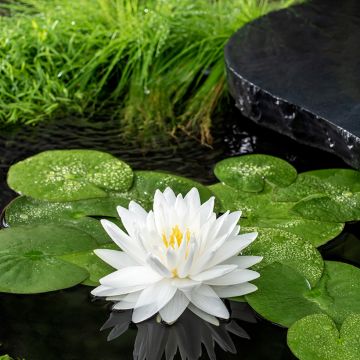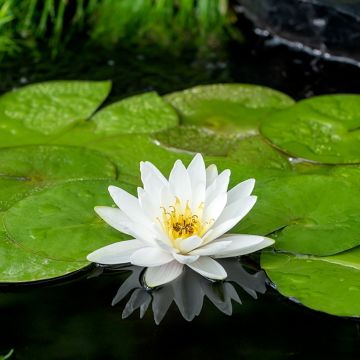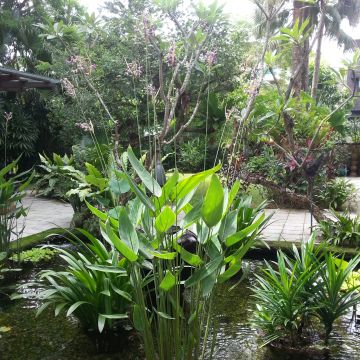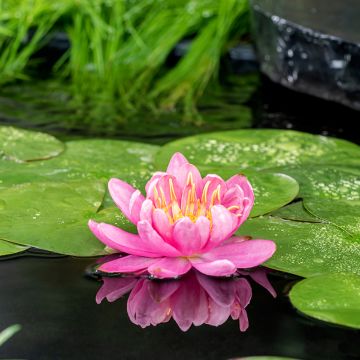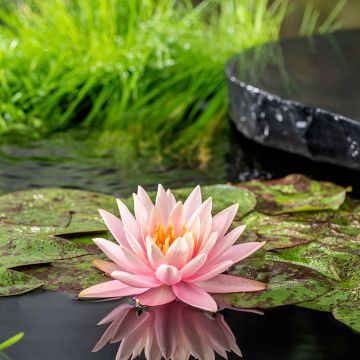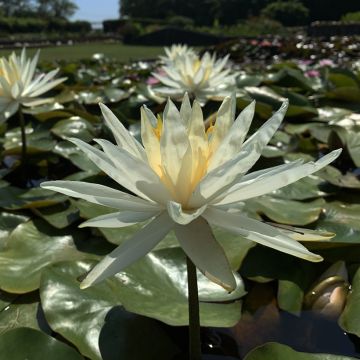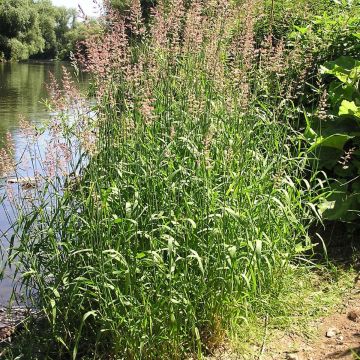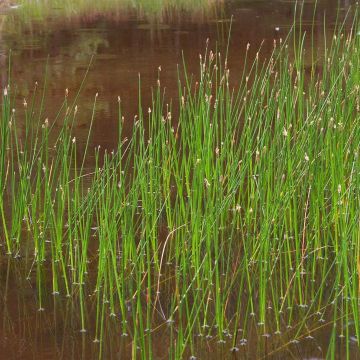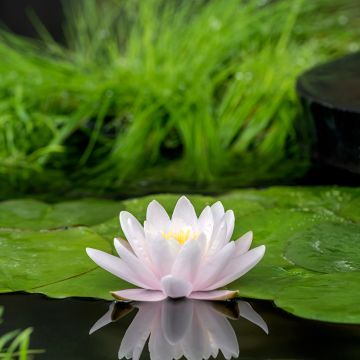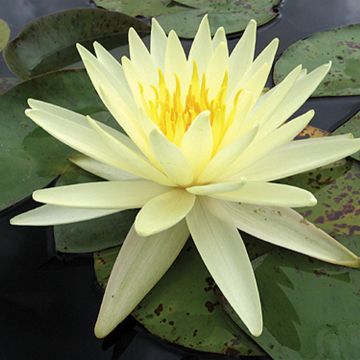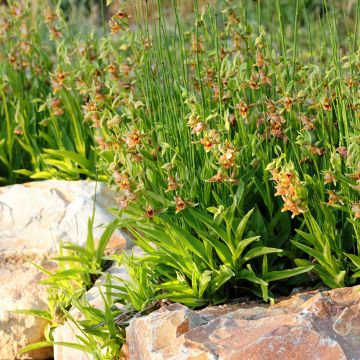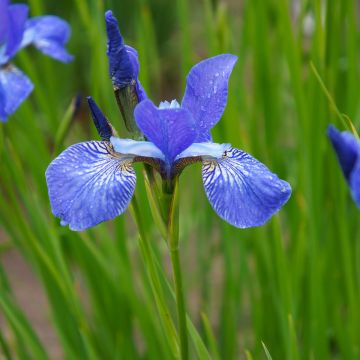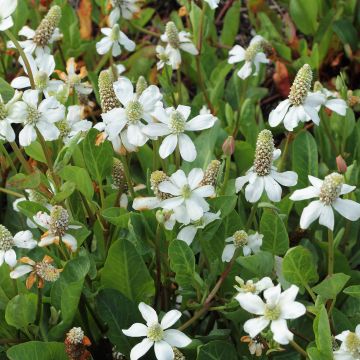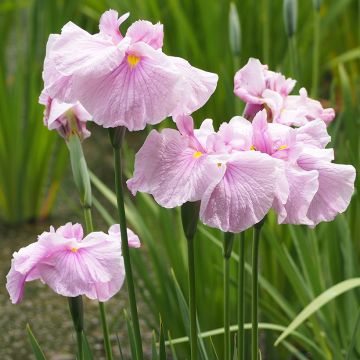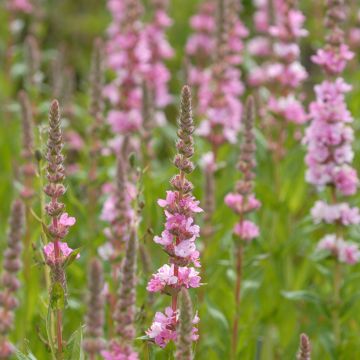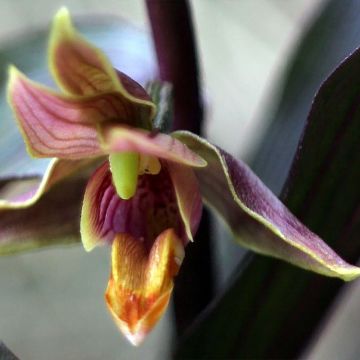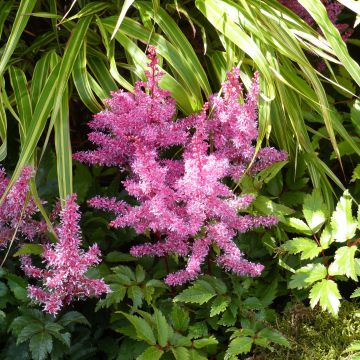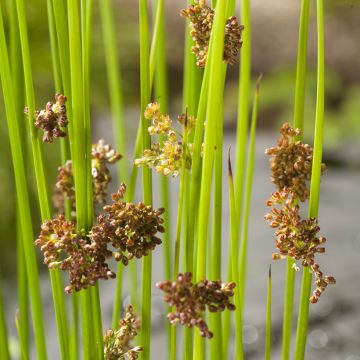Shipping country and language
Your country of residence may be:
Your country of residence is:
For a better user experience on our website, you can select:
Your shipping country:
-
Andorra
-
Austria
-
Belgium
-
Bulgaria
-
Canada
-
Chile
-
Croatia
-
Cyprus
-
Czechia
-
Denmark
-
Estonia
-
Finland
-
France
-
Germany
-
Greece
-
Hungary
-
Iceland
-
Ireland
-
Italy
-
Latvia
-
Lithuania
-
Luxembourg
-
Malta
-
Monaco
-
Netherlands
-
Poland
-
Portugal
-
Romania
-
Slovakia
-
Slovenia
-
Spain
-
Sweden
-
Switzerland
-
United Kingdom
We only deliver seed and bulb products to your country. If you add other products to your basket, they cannot be shipped.
Language:
-
French
-
German
-
Spanish
-
English
-
Italian
My Account
Hello
My wish lists
Log in / Register
Existing customer?
New customer?
Create an account to track your orders, access our customer service and, if you wish, make the most of our upcoming offers.
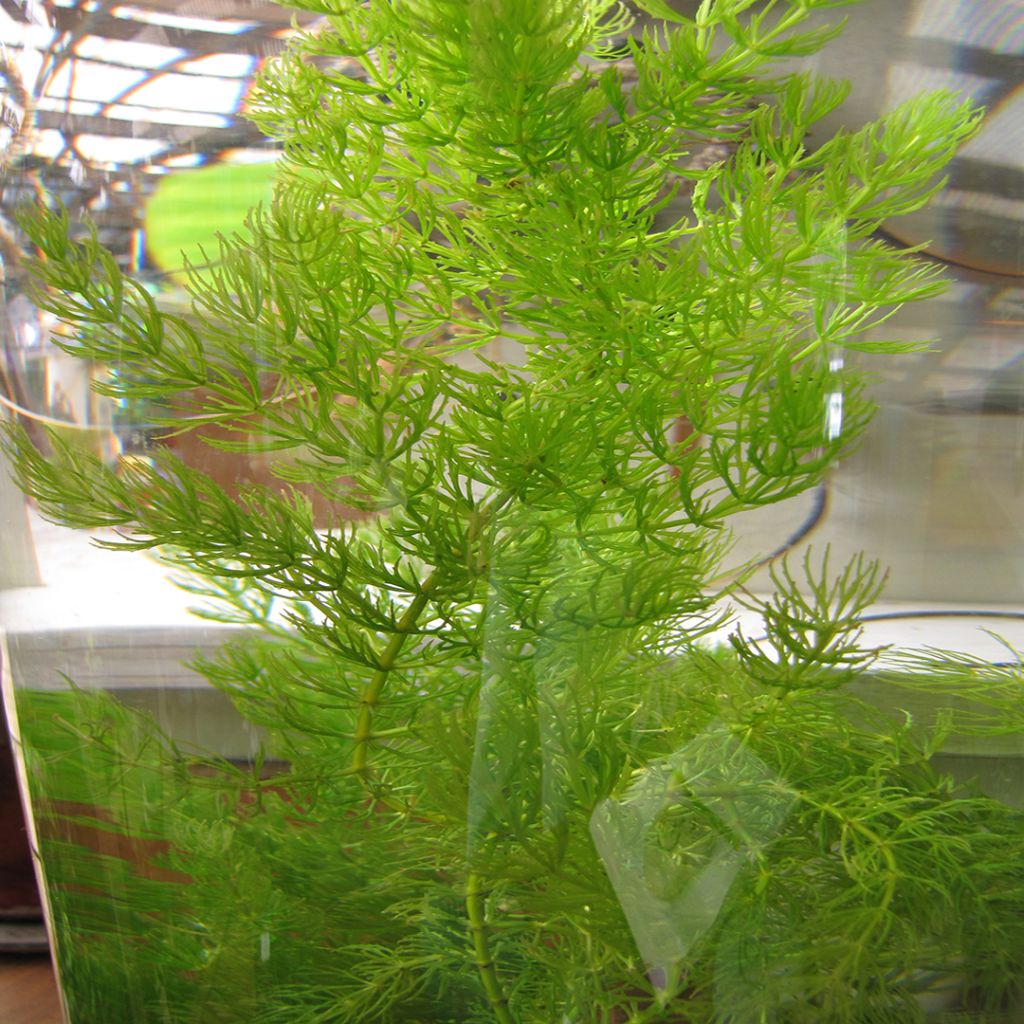

Ceratophyllum demersum - Submerged Hornwort
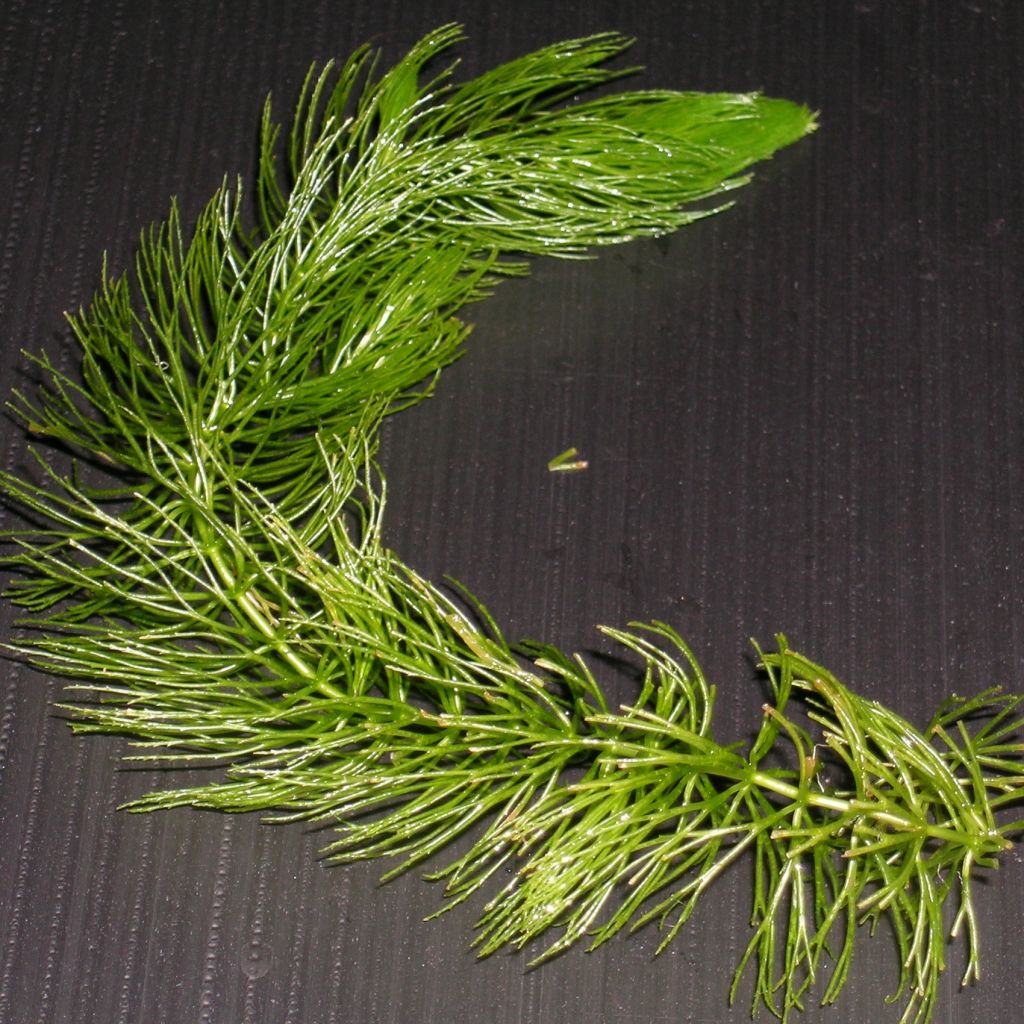

Ceratophyllum demersum - Submerged Hornwort
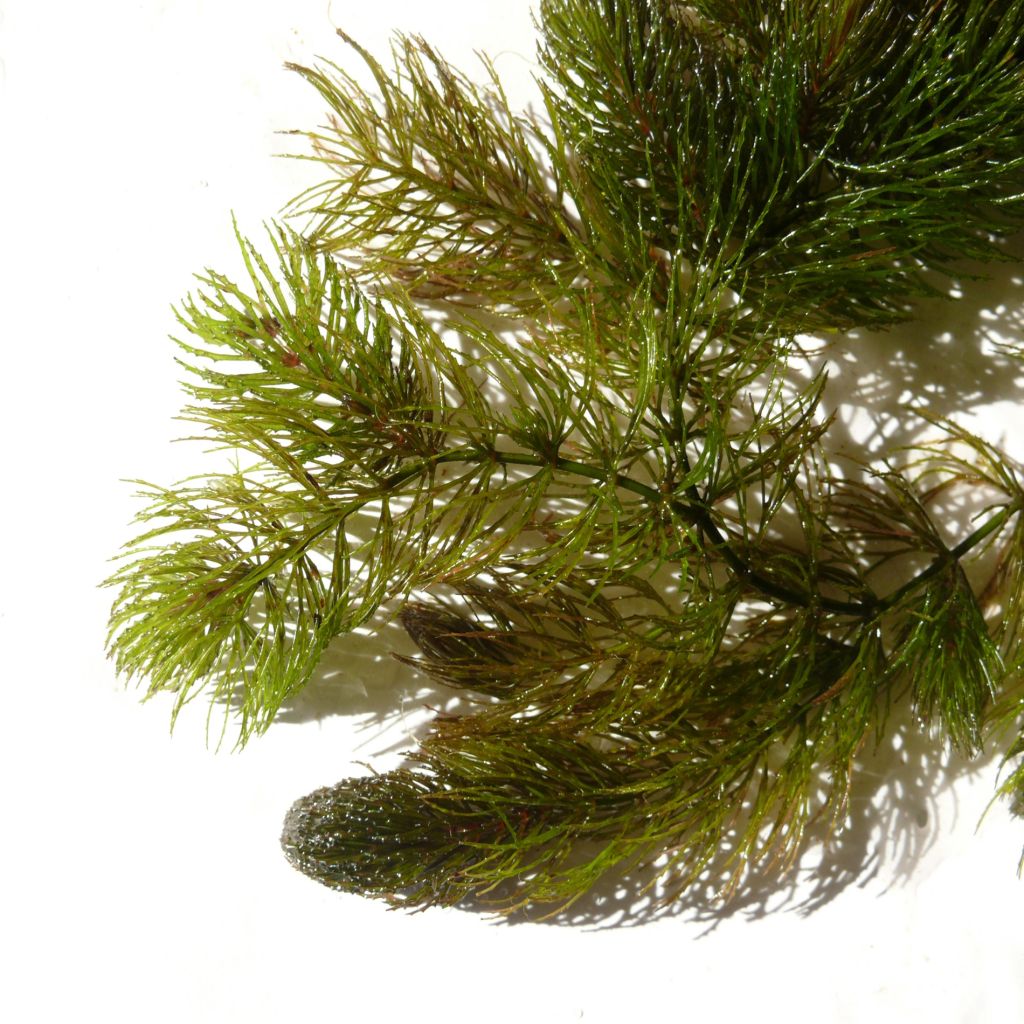

Ceratophyllum demersum - Submerged Hornwort
Ceratophyllum demersum - Submerged Hornwort
Ceratophyllum demersum
Hornwort, Rigid Hornwort, Coontail
Tiny plant, disappeared as quickly as it had been established! The vigour and growth rate have their limits... Disappointing...
Arnaud, 24/10/2020
Why not try an alternative variety in stock?
View all →Order in the next for dispatch today!
Dispatch by letter from €3.90.
Delivery charge from €5.90 Oversize package delivery charge from €6.90.
More information
This item is not available in your country.
Schedule delivery date,
and select date in basket
This plant carries a 12 months recovery warranty
More information
We guarantee the quality of our plants for a full growing cycle, and will replace at our expense any plant that fails to recover under normal climatic and planting conditions.
From €5.90 for pickup delivery and €6.90 for home delivery
Express home delivery from €8.90.
Does this plant fit my garden?
Set up your Plantfit profile →
Description
Ceratophyllum demersum, also known as Hornwort, is an aquatic plant species with rootless stems. In its natural habitat, some leaves transform into root-like organs that anchor the plant to the soil. This plant helps fight algae in domestic ponds through aggressive competition: it consumes the same nutrients and produces harmful substances that inhibit their growth. It is also an excellent food source for herbivorous fish.
The Hornwort is a submerged aquatic plant belonging to the Ceratophyllaceae family, a species that is widespread worldwide. Its long, feathery-looking stems are surprisingly rigid and can grow over 50cm (20in) in length, with rapid growth. Its dark green leaves, arranged in close whorls along the stem, are divided into thread-like segments and measure 1 to 4cm (1 to 2in) in length. Tiny flowers appear in summer, followed by hard fruits with two spines at the base and a small terminal spine. It should be noted that its elegant, airy branching, contrary to the rough appearance, is brittle and makes transportation somewhat unpredictable. It reproduces through hibernaculum: this refers to a winter bud that forms at the tip of the stem; it falls to the bottom of the water in autumn and develops the following spring.
The Hornwort is a wetland species and prefers slow-moving or stagnant bodies of water. It can be weighted down with a lava stone to secure it in a specific location in the pond, or left to float. It quickly forms dense clumps and provides numerous refuges for fry or timid fish. Its colour varies depending on iron content, light intensity, and temperature. This fast-growing plant should be regularly pruned to limit its growth. When the size of the pond allows, it is preferable to install two to three species of submerged plants to vary the foliage.
Ceratophyllum demersum is recommended for both deep ponds and aquariums to combat algae. It also has oxygenating properties. This plant can lower nitrate levels in the aquarium. Due to the rigidity of its leaves, this species is well-suited for cichlid tanks and is particularly recommended for algae-infested tanks.
Report an error about the product description
Ceratophyllum demersum - Submerged Hornwort in pictures
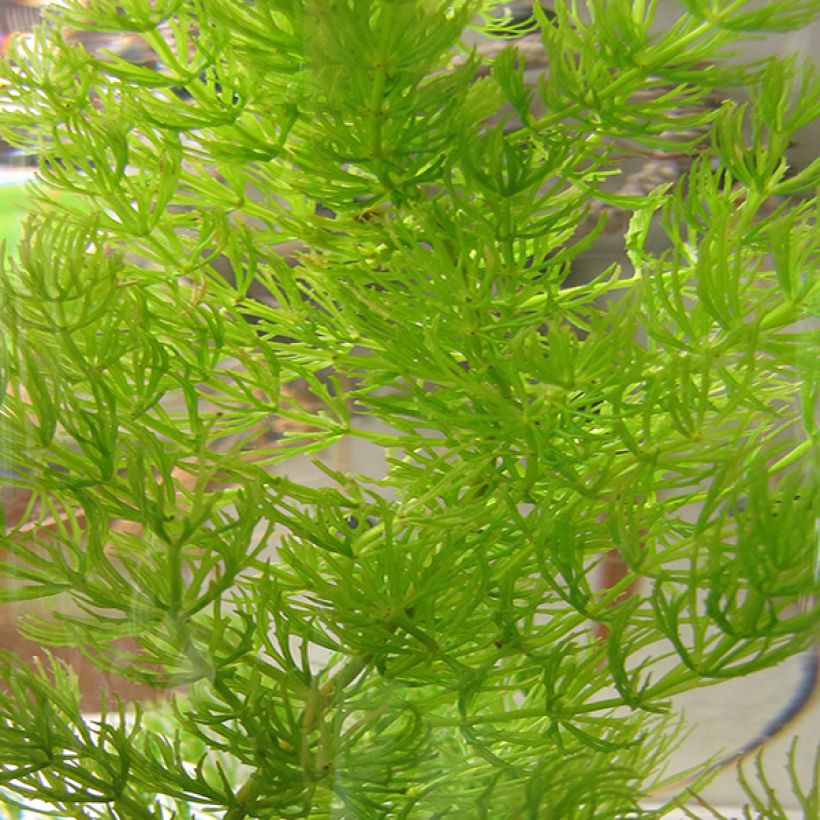

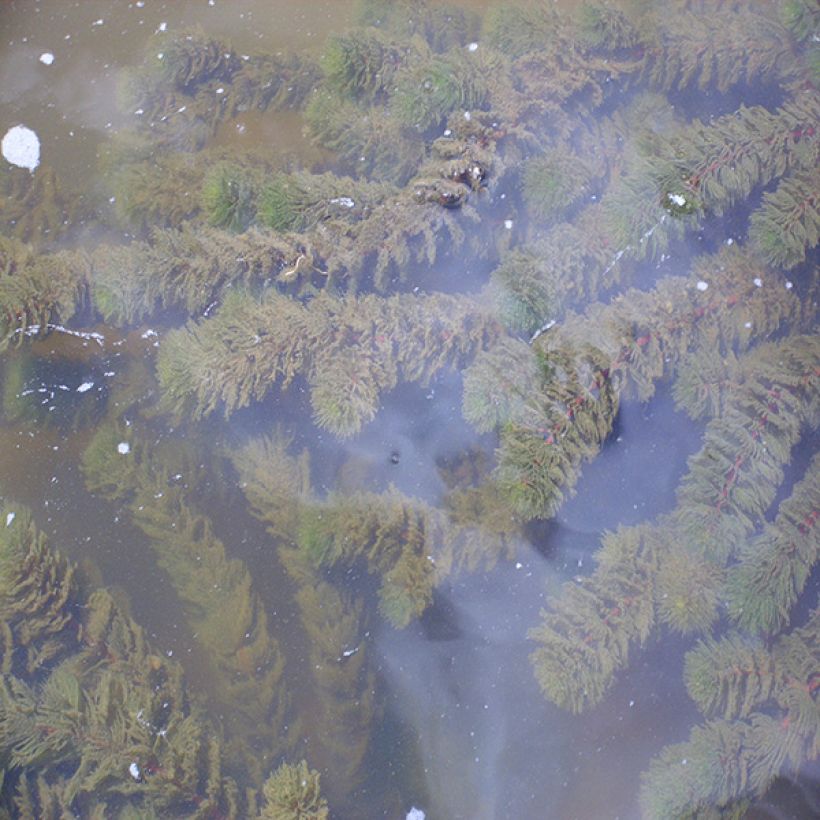

Flowering
Foliage
Plant habit
Botanical data
Ceratophyllum
demersum
Ceratophyllaceae
Hornwort, Rigid Hornwort, Coontail
Northern Europe
Other Aquatic perennials
Planting and care
Install Ceratophyllum demersum in a pond or aquarium in a neutral to slightly alkaline environment. It can be weighted down with e.g. a lava stone to secure it in a specific place in the pool. Install it in a very sunny spot. It can be planted in the background in the soil, or left floating. This rapidly growing plant should be regularly pruned to prevent it from shading the light from other plants in the pond or aquarium. Its growth should be controlled either by planting it in a basket (when possible) or by regularly removing excess growth. When the size of the pond allows, it is preferable to install two to three species of submerged plants to vary the foliage.
Planting period
Intended location
Care
-
, onOrder confirmed
Reply from on Promesse de fleurs
Aquatic plants
Haven't found what you were looking for?
Hardiness is the lowest winter temperature a plant can endure without suffering serious damage or even dying. However, hardiness is affected by location (a sheltered area, such as a patio), protection (winter cover) and soil type (hardiness is improved by well-drained soil).

Photo Sharing Terms & Conditions
In order to encourage gardeners to interact and share their experiences, Promesse de fleurs offers various media enabling content to be uploaded onto its Site - in particular via the ‘Photo sharing’ module.
The User agrees to refrain from:
- Posting any content that is illegal, prejudicial, insulting, racist, inciteful to hatred, revisionist, contrary to public decency, that infringes on privacy or on the privacy rights of third parties, in particular the publicity rights of persons and goods, intellectual property rights, or the right to privacy.
- Submitting content on behalf of a third party;
- Impersonate the identity of a third party and/or publish any personal information about a third party;
In general, the User undertakes to refrain from any unethical behaviour.
All Content (in particular text, comments, files, images, photos, videos, creative works, etc.), which may be subject to property or intellectual property rights, image or other private rights, shall remain the property of the User, subject to the limited rights granted by the terms of the licence granted by Promesse de fleurs as stated below. Users are at liberty to publish or not to publish such Content on the Site, notably via the ‘Photo Sharing’ facility, and accept that this Content shall be made public and freely accessible, notably on the Internet.
Users further acknowledge, undertake to have ,and guarantee that they hold all necessary rights and permissions to publish such material on the Site, in particular with regard to the legislation in force pertaining to any privacy, property, intellectual property, image, or contractual rights, or rights of any other nature. By publishing such Content on the Site, Users acknowledge accepting full liability as publishers of the Content within the meaning of the law, and grant Promesse de fleurs, free of charge, an inclusive, worldwide licence for the said Content for the entire duration of its publication, including all reproduction, representation, up/downloading, displaying, performing, transmission, and storage rights.
Users also grant permission for their name to be linked to the Content and accept that this link may not always be made available.
By engaging in posting material, Users consent to their Content becoming automatically accessible on the Internet, in particular on other sites and/or blogs and/or web pages of the Promesse de fleurs site, including in particular social pages and the Promesse de fleurs catalogue.
Users may secure the removal of entrusted content free of charge by issuing a simple request via our contact form.
The flowering period indicated on our website applies to countries and regions located in USDA zone 8 (France, the United Kingdom, Ireland, the Netherlands, etc.)
It will vary according to where you live:
- In zones 9 to 10 (Italy, Spain, Greece, etc.), flowering will occur about 2 to 4 weeks earlier.
- In zones 6 to 7 (Germany, Poland, Slovenia, and lower mountainous regions), flowering will be delayed by 2 to 3 weeks.
- In zone 5 (Central Europe, Scandinavia), blooming will be delayed by 3 to 5 weeks.
In temperate climates, pruning of spring-flowering shrubs (forsythia, spireas, etc.) should be done just after flowering.
Pruning of summer-flowering shrubs (Indian Lilac, Perovskia, etc.) can be done in winter or spring.
In cold regions as well as with frost-sensitive plants, avoid pruning too early when severe frosts may still occur.
The planting period indicated on our website applies to countries and regions located in USDA zone 8 (France, United Kingdom, Ireland, Netherlands).
It will vary according to where you live:
- In Mediterranean zones (Marseille, Madrid, Milan, etc.), autumn and winter are the best planting periods.
- In continental zones (Strasbourg, Munich, Vienna, etc.), delay planting by 2 to 3 weeks in spring and bring it forward by 2 to 4 weeks in autumn.
- In mountainous regions (the Alps, Pyrenees, Carpathians, etc.), it is best to plant in late spring (May-June) or late summer (August-September).
The harvesting period indicated on our website applies to countries and regions in USDA zone 8 (France, England, Ireland, the Netherlands).
In colder areas (Scandinavia, Poland, Austria...) fruit and vegetable harvests are likely to be delayed by 3-4 weeks.
In warmer areas (Italy, Spain, Greece, etc.), harvesting will probably take place earlier, depending on weather conditions.
The sowing periods indicated on our website apply to countries and regions within USDA Zone 8 (France, UK, Ireland, Netherlands).
In colder areas (Scandinavia, Poland, Austria...), delay any outdoor sowing by 3-4 weeks, or sow under glass.
In warmer climes (Italy, Spain, Greece, etc.), bring outdoor sowing forward by a few weeks.
